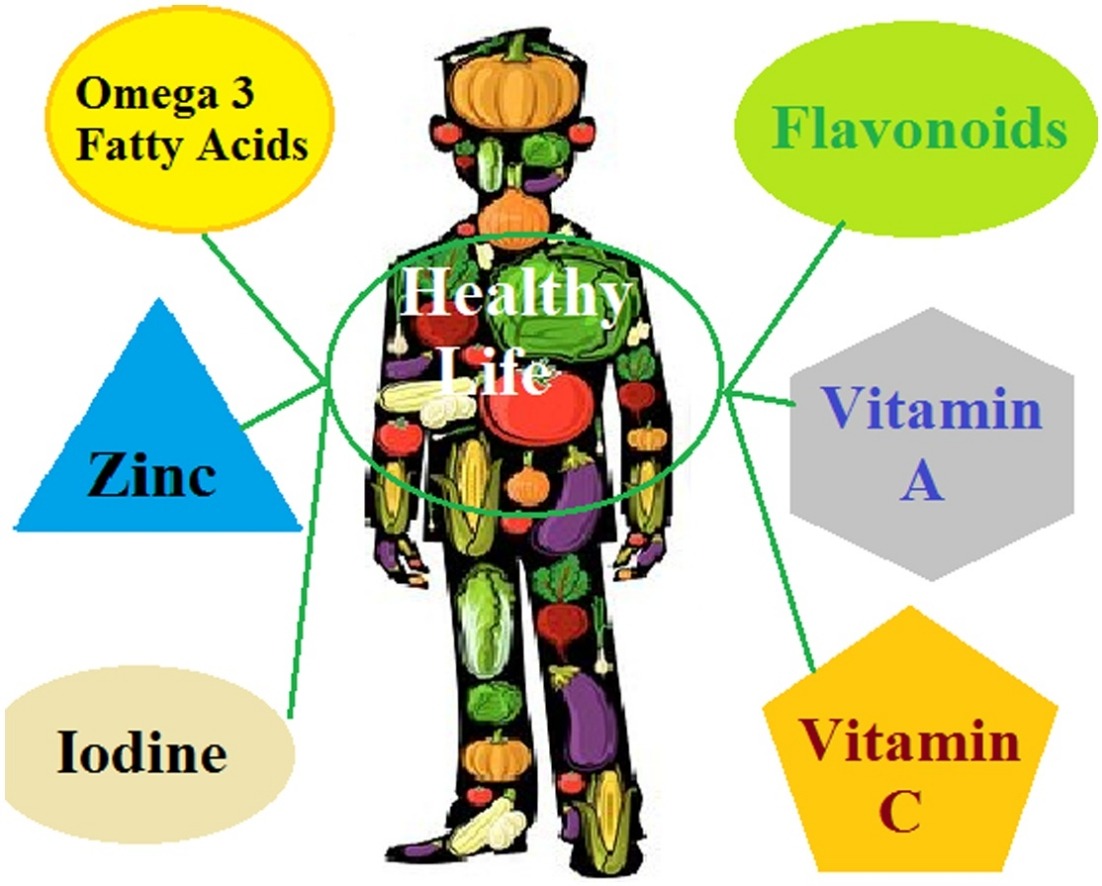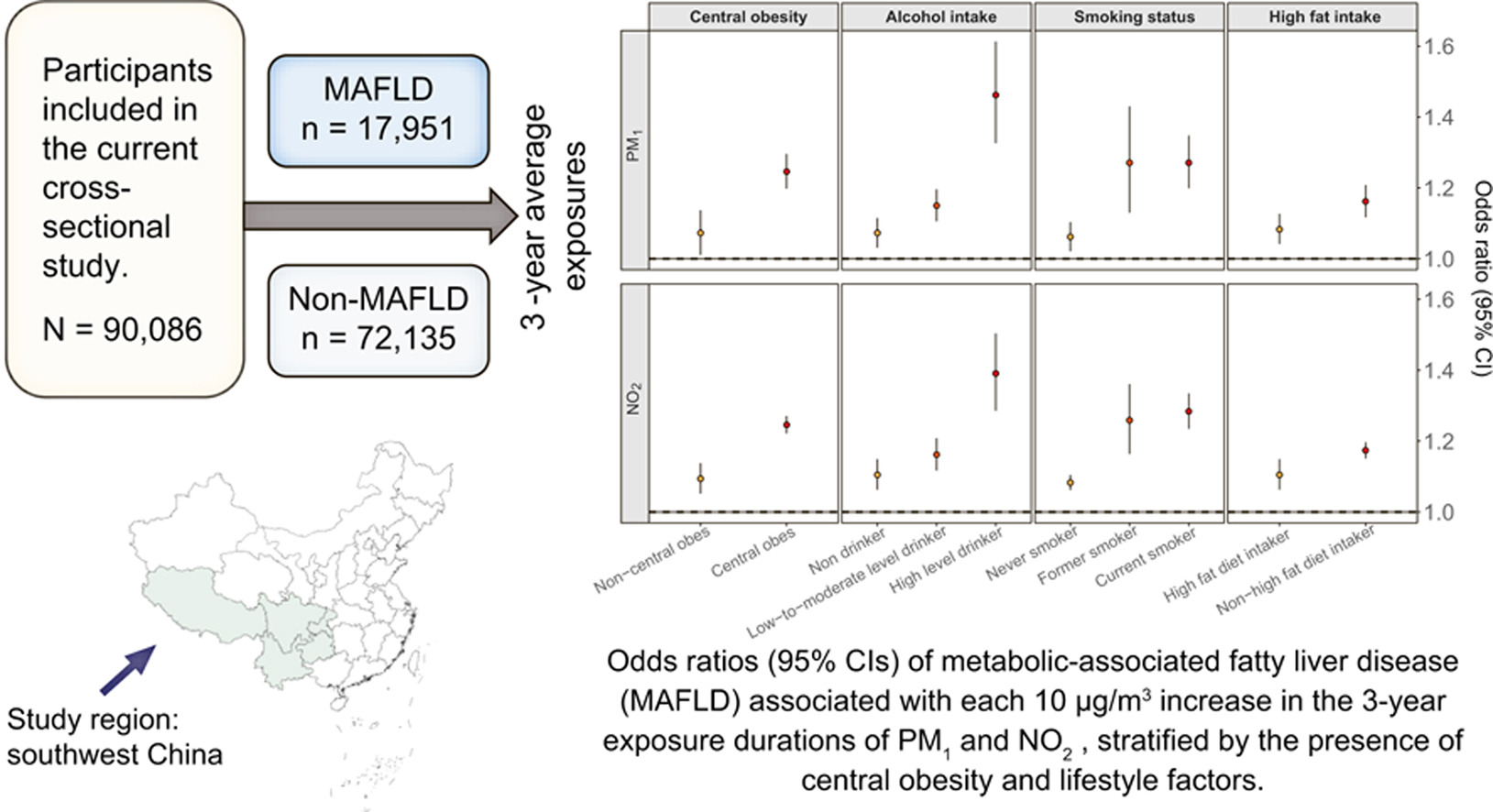Engaging Boys and Men in Sexual Assault Prevention: Theory, Research and Practice
2022, Pages 1-27
Engaging Boys and Men in Sexual Assault Prevention: Theory, Research and Practice
2022, Pages 125-148
Engaging Boys and Men in Sexual Assault Prevention: Theory, Research and Practice
2022, Pages 365-378
Engaging Boys and Men in Sexual Assault Prevention: Theory, Research and Practice
2022, Pages 237-264
Digital Innovation for Healthcare in COVID-19 Pandemic: Strategies and Solutions, 2022, pp 109-136
Rationale and Objectives: Our objectives were (1) to determine the extent to which gender discrimination and sexual harassment are experienced by female radiologists and trainees; (2) to examine whether experiencing harassment or discrimination influences perceptions of gender parity; and (3) to explore whether the existence of either formal institutional policies or the number of women in the workplace and/or in leadership positions influences perceptions of having achieved gender equity.


